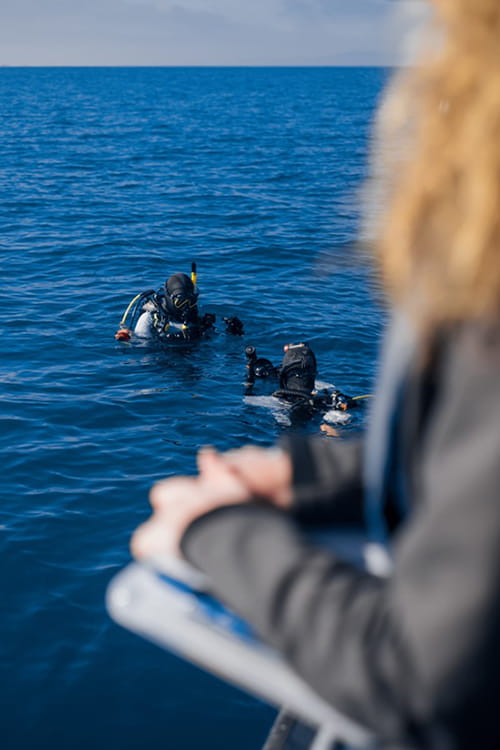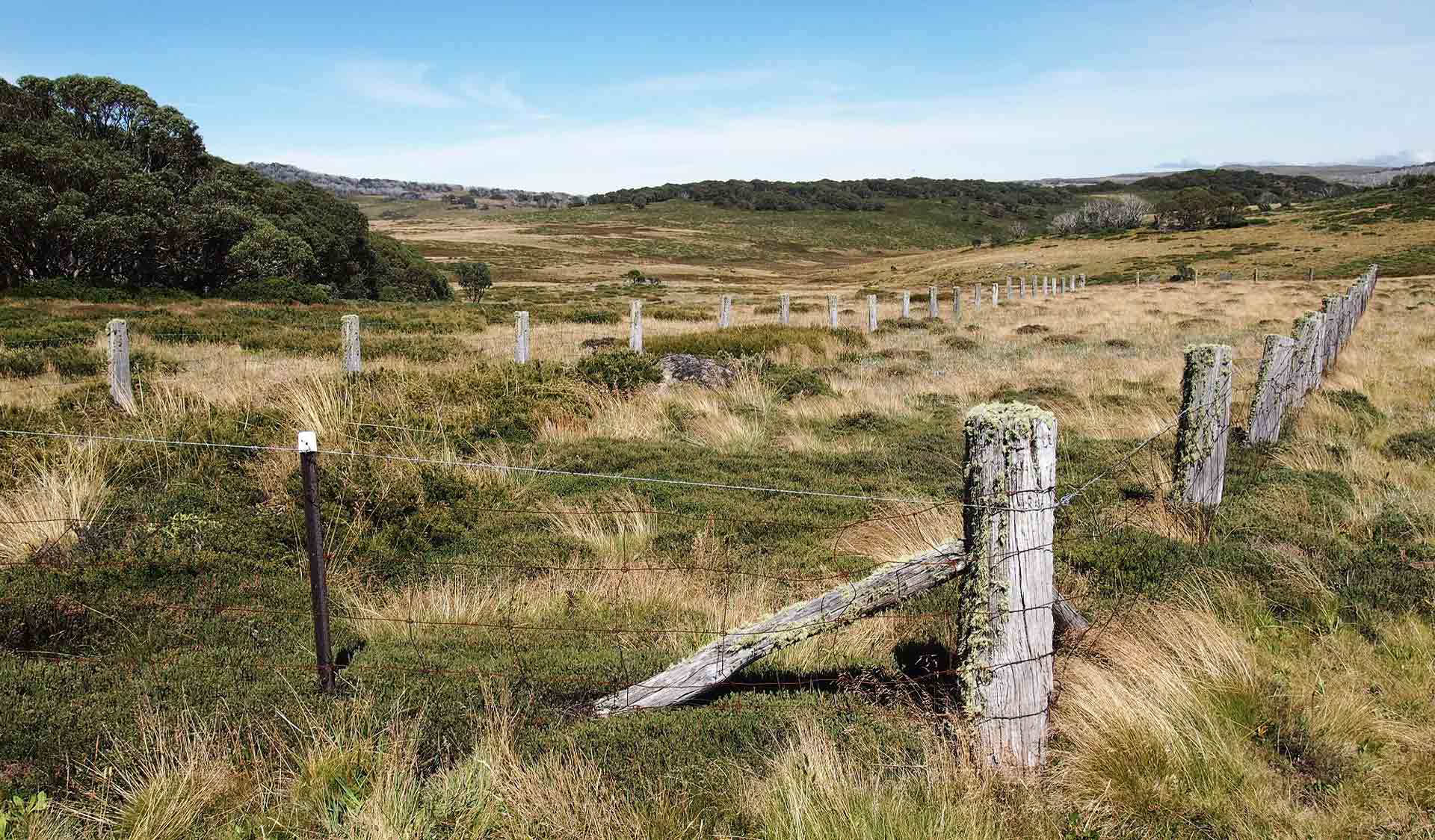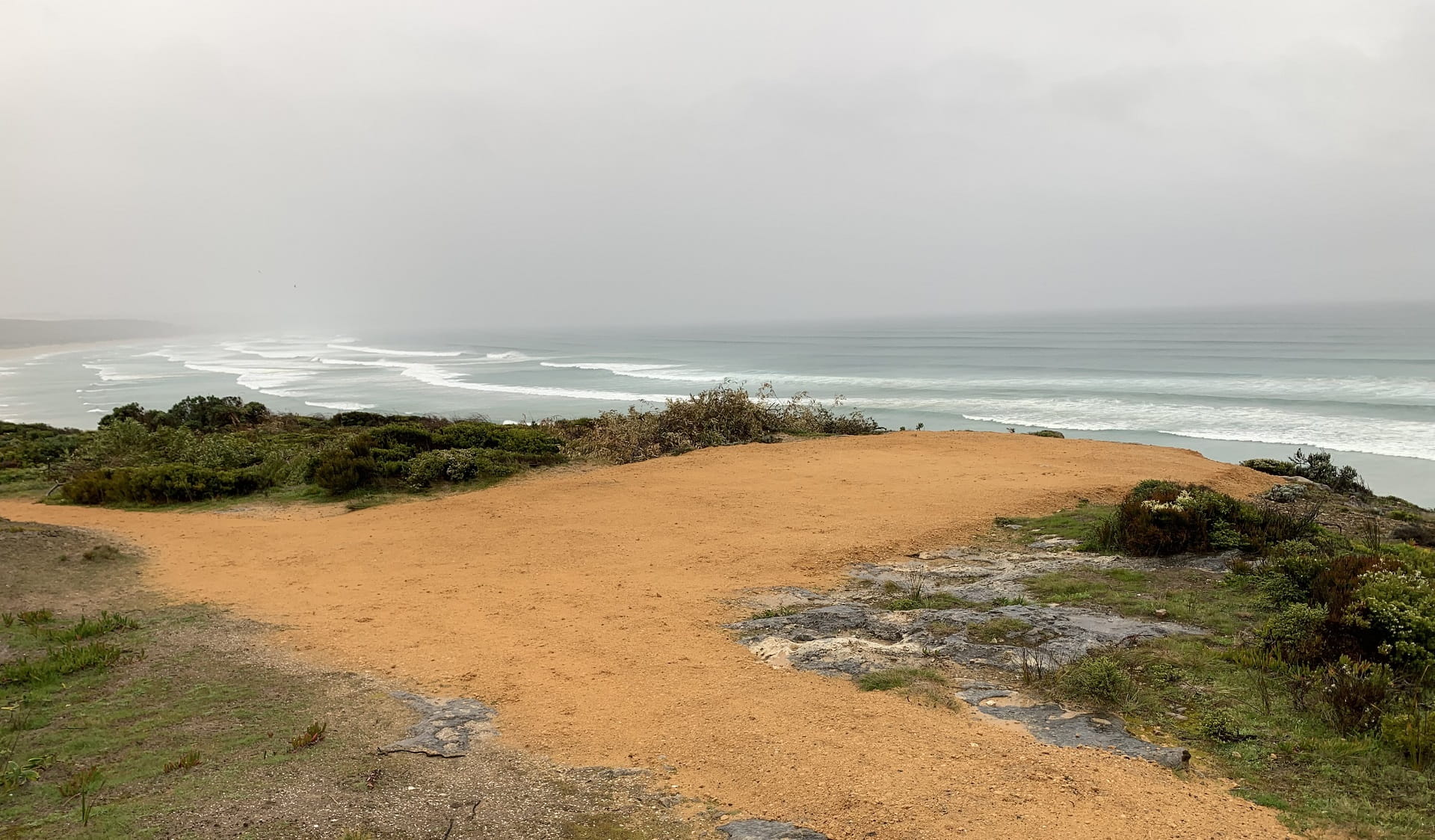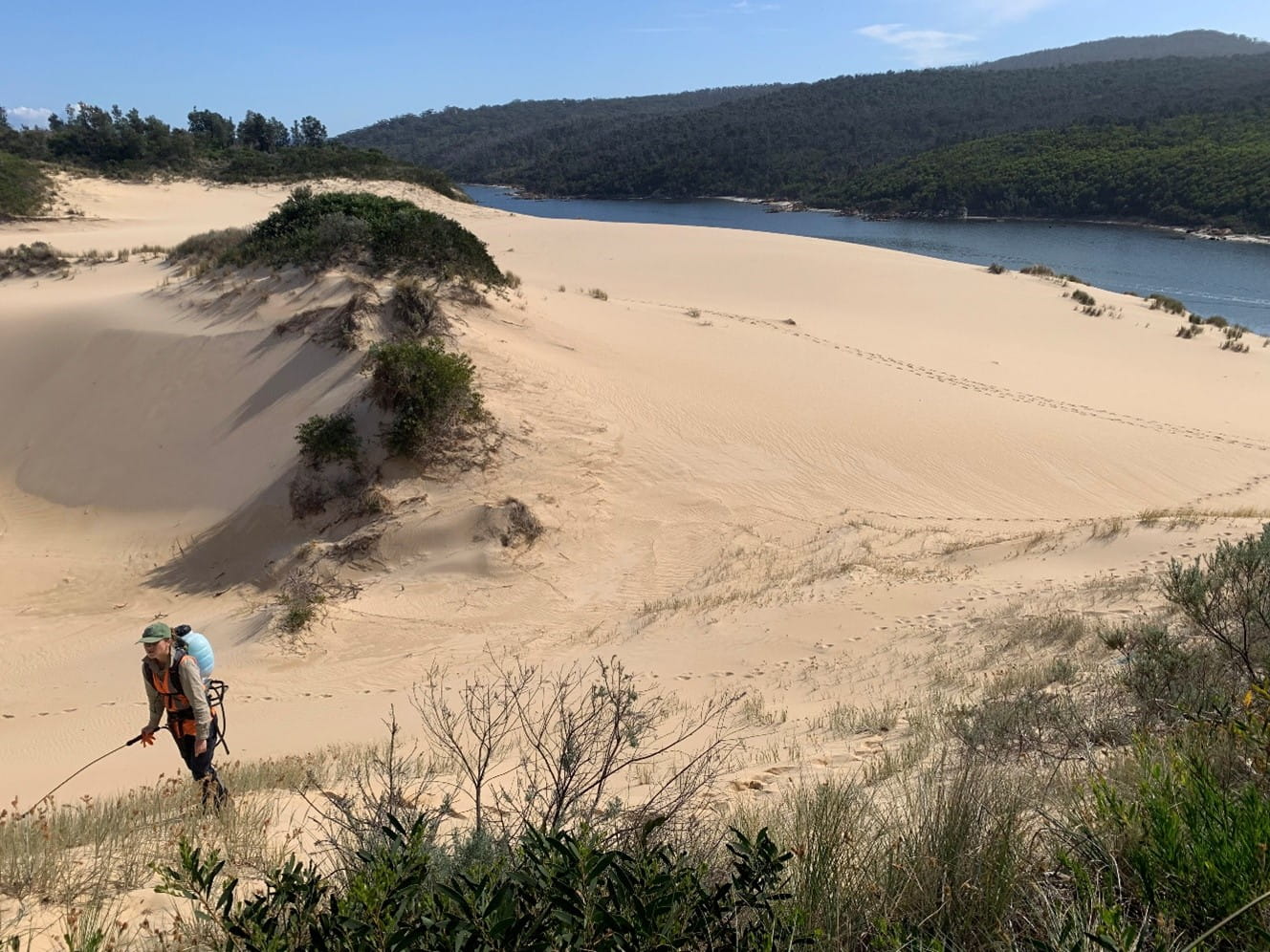Weeding seaweed
Tuesday 16 August, 2022
Important underwater ecosystems are being protected thanks to weeding works from Marine and Maritime Rangers at Port Phillip Heads Marine National Park.
If you eat Japanese food, you might be familiar with Undaria pinnatifida commonly known as Japanese Kelp or Wakame. But did you know this plant is an invasive species in Victoria’s waters?
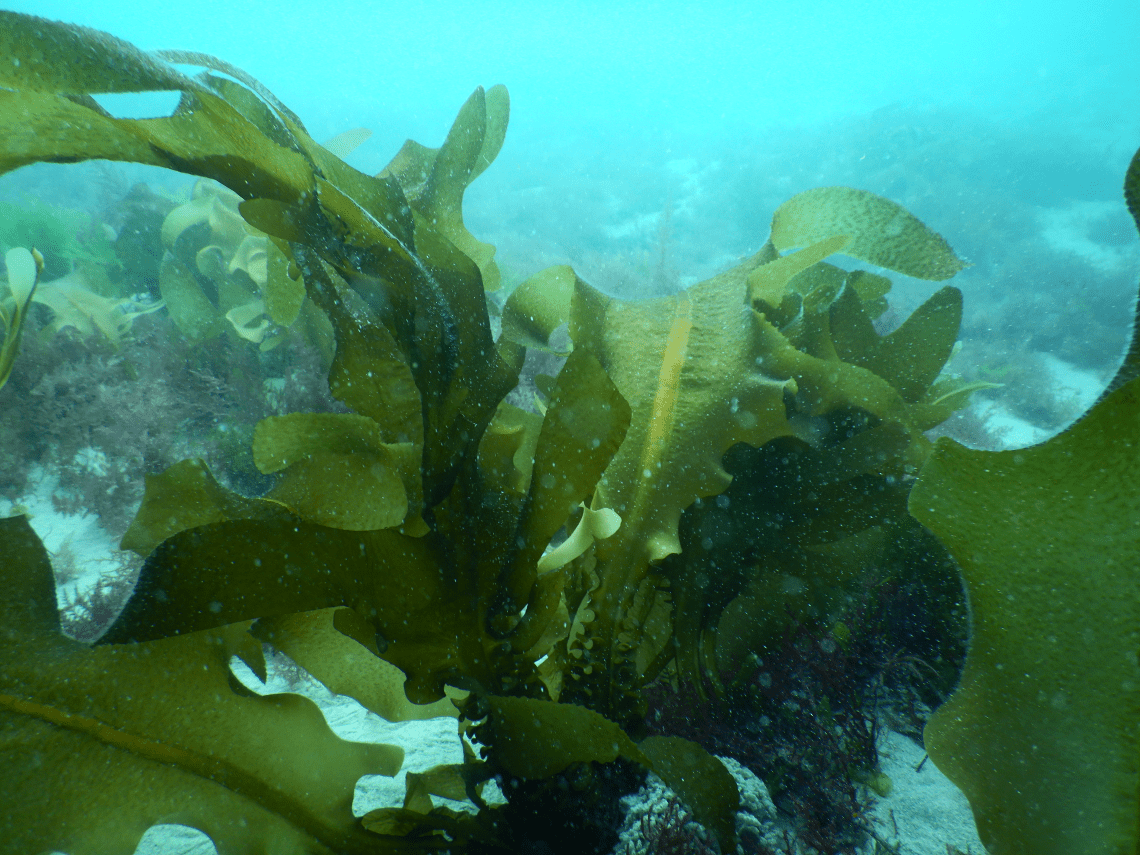
Wakame (Undaria pinnatifida) is an invasive weed to Victorian waters
Wakame can grow rapidly and spread quickly which means it can readily invade native habitat in the marine environment, giving native kelp less chance to grow.
With our coastal and marine ecosystem already facing threats of poor quality, warming waters, increased acidification, and overabundance of urchins, it is important we use the best tools at our disposal to give native kelp a chance to thrive.” explains Marine Ranger Monique Bregman.
Parks Victoria Marine Rangers work across Victoria's marine national parks to help conserve important and diverse ecosystems from threats including invasive pests. In 2017, rangers began weeding Wakame, removing two tonnes of Undaria from Popes Eye in Port Phillip Heads Marine National Park.
It is a very involved task to remove Wakame” explains Marine Ranger Monique. “There is a lot of preparation required to ensure safety is a top priority. But seeing the results in the marine ecosystem is absolutely worth the work.
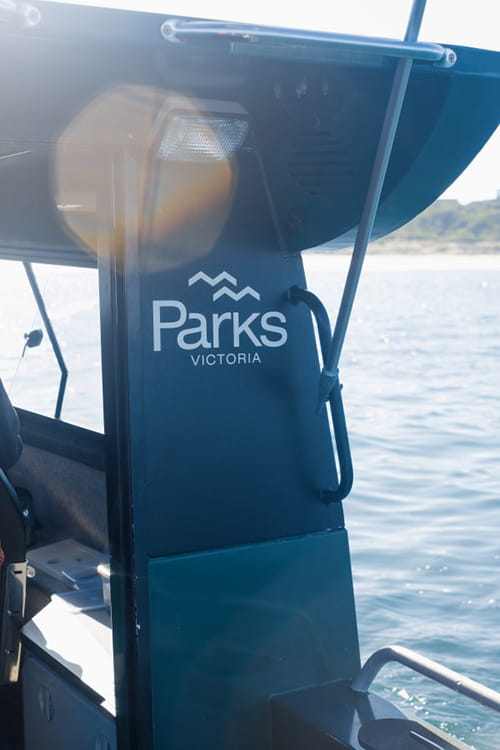
Parks Victoria Marine Rangers about to dive and search for Wakame at Port Phillip Heads Marine National Park
Each weeding activity requires significant logistical preparation and relies on suitable weather conditions. Preferably, weeding is completed during the slack water tide; meaning divers have only 5-15 minutes to remove the pest before having to work in significant currents.
Rangers dive to the bottom of the seabed and remove the reproductive parts of the plant so the rest of the seabed and its inhabitants are undisturbed.
“We dive down in our thermal protective gear, lay transect lines, and remove the reproductive parts of the plant to prevent its spores from being released into the marine environment” says Marine Ranger Monique.
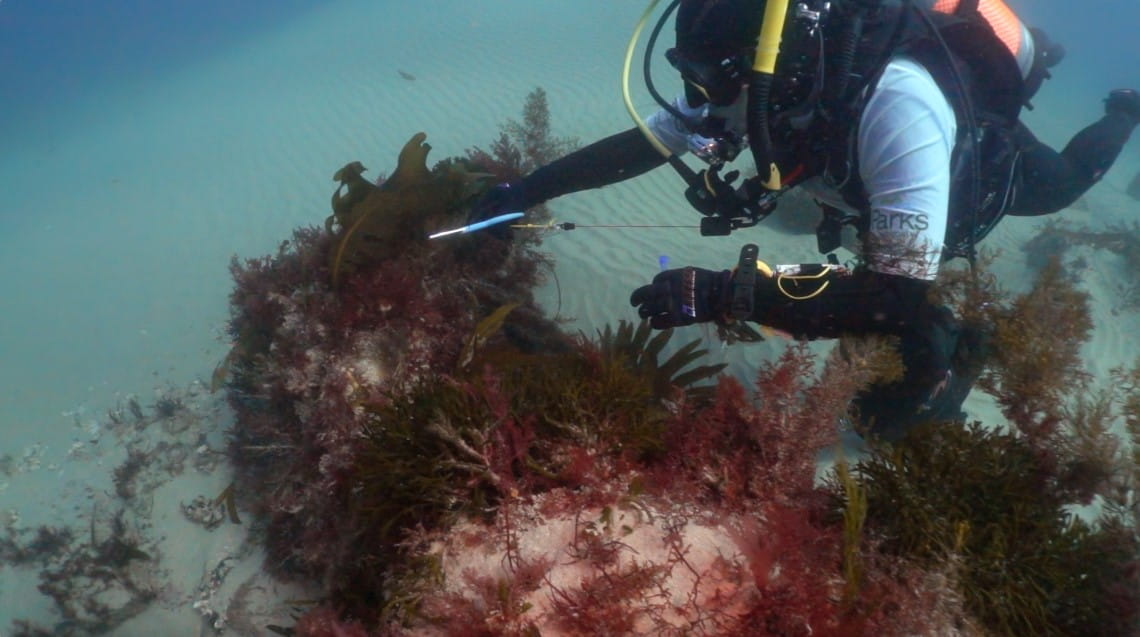
Marine rangers carefully cut the reproductive parts of Wakame without disturbing the rest of the seabed
Thanks to the ongoing work from Marine Rangers, today only a handful of juvenile Wakame plants with no mature reproductive parts remain at Popes Eye.
“We will continue to monitor for Wakame and keep an eye on any changes in the marine habitat. It is safe to say that continual removal of the pest over the past five years has had a positive impact on reducing its potential to spread and repopulate” says Marine Ranger Monique.
Port Phillip Heads Marine National Park, located in Traditional Sea Country of the Wadawurrung people, is home to a range of diverse native algae and plants including Golden kelp (Ecklonia Radiata), Sea Lettuce (Ulva australis), and Sea Nymph (Amphibolus antartica.)
These native plants help form important habitat for animals like the Blue Throat Wrasse, Weedy Seadragon, Varied Carpetshark and numerous Nudibranchs.
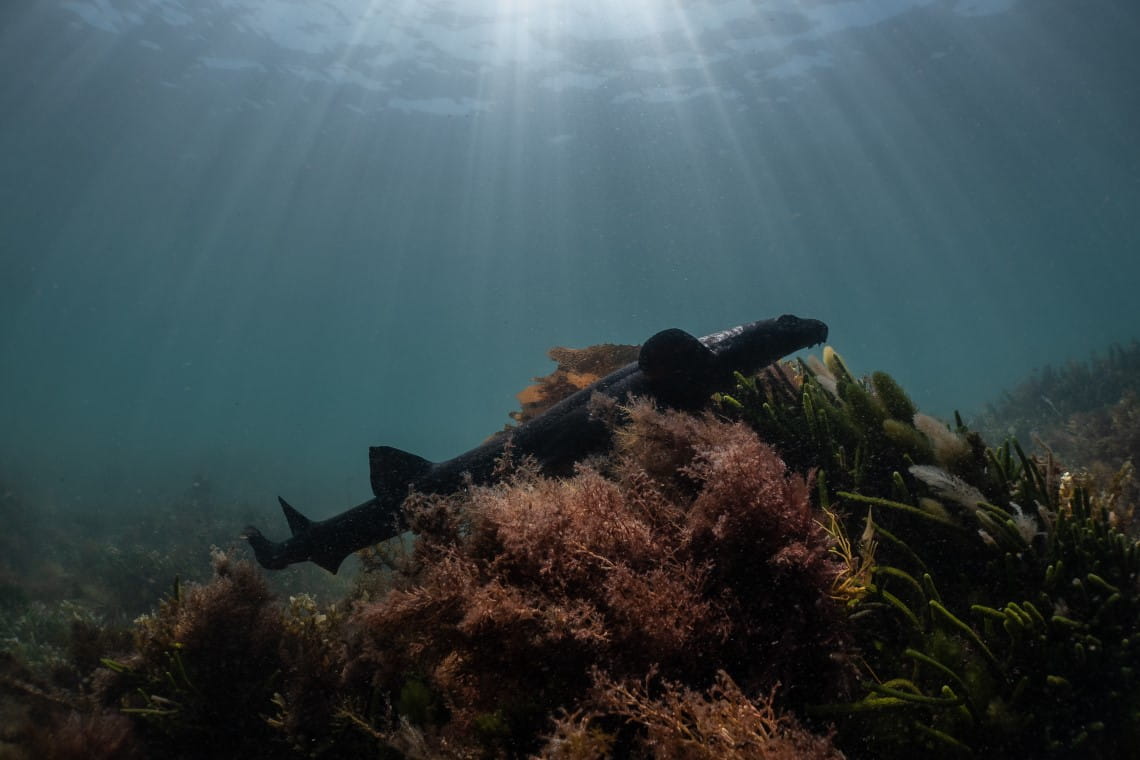
The varied carpetshark is just one of the many native creatures which live in Port Phillip Heads Marine National Parks. Credit: Tess Hoinville
“Diving in our marine national parks is incredibly special. It is like jumping into an aquarium with the best of the best species. Each day I come away with a greater understanding of the incredible systems we protect underwater, as well as lessons on how we can best continue to protect them” says Marine Ranger Monique.
The removal of invasive pests is just one of the many jobs our Marine Rangers and Marine Science team complete to protect our important Marine National Parks.
In 2002, the very best samples of Victoria’s marine biodiversity including rocky reefs, seagrass meadows, and ocean beaches were hand-picked to be protected forever. Victoria was the first place in the world to establish a comprehensive system of highly protected Marine National Parks and Sanctuaries where all extractive activities including fishing are prohibited.
The system of 13 Marine National Parks and 11 smaller Marine Sanctuaries was created to ensure that representative samples of Victoria’s diverse, distinctive, and amazing marine environment are conserved for future generations.
To find out more and celebrate the 20th Anniversary of Marine National Parks and Sanctuaries, visit Marine National Parks and Sanctuaries Anniversary


